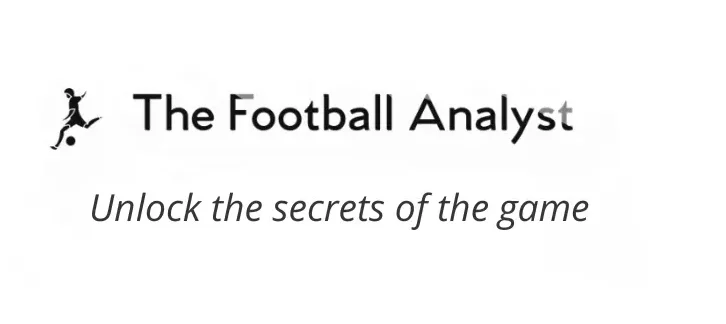When scouting football players, data can reveal crucial insights that the eye test alone may miss. But while standout statistics often grab attention—goals, assists, key passes—it’s just as important to identify what the numbers might be warning you about. Statistical red flags act as early indicators that a player may struggle to translate current form into consistent performance at a higher level. This article breaks down some of the most important red flags scouts should consider when assessing players.
1. Inflated Output in Overperforming Teams
A player thriving in a dominant team environment may benefit from structural advantages that mask individual limitations. For example, a forward in a team that constantly camps in the opposition’s half may rack up touches in the box, but struggle when asked to operate with less support.
Key Stats to Check:
- Percentage of team xG involved in
- Touches in final third relative to team possession
- Performance against top-tier opposition
Red Flag: When a player’s contribution drops significantly in matches where their team has less control.
2. Low Defensive Output in Pressing Systems
Some players record deceptively high pressures, tackles, or interceptions simply because their team plays in a high pressing structure. It’s crucial to distinguish between system-driven numbers and genuine individual defensive engagement.
Key Stats to Check:
- Defensive actions per 90 vs. PPDA (Passes per Defensive Action) of the team
- Pressing success rate
- Counterpressure recovery contributions
Red Flag: High volume, low success rate. Suggests the player is pressing without timing or intent.
3. Overreliance on Set Pieces for Output
Set pieces can inflate a player’s contribution, especially when evaluating defenders or central midfielders. A center-back scoring five goals in a season sounds promising—until you find out four came from corners.
Key Stats to Check:
Red Flag: Disproportionate number of goal contributions from dead-ball situations, especially if the player is being considered for a team that doesn’t rely heavily on them.
4. Poor Ball Retention Under Pressure
A player may have excellent pass completion rates, but what happens under real pressure? Pass stats can be padded through sideways or backward passes in non-threatening zones. In modern football, the ability to retain and progress under pressure is non-negotiable.
Key Stats to Check:
- Passes under pressure
- Turnovers in own half
- Progressive passes received vs. completed
Red Flag: A creative midfielder with high pass completion but low progressive metrics and frequent turnovers when pressed.
5. High Usage, Low Efficiency
Some players are given freedom to dominate possession, especially in teams that revolve around one creative outlet. However, a high volume of actions doesn’t always translate to quality.
Key Stats to Check:
- Usage rate (involvement in possessions)
- Key pass-to-chance created ratio
- Final third loss rate
Red Flag: A winger with high dribbles attempted but a low success rate and few chances created—volume without end product.
6. Lack of Positional Versatility
In top-level football, tactical flexibility is key. Players who only excel in very specific roles or systems may not adapt well to a new environment. This red flag is often backed by both video and stats.
Key Stats to Check:
- Touch maps across different matches
- Heatmaps by position
- Output consistency in varied roles
Red Flag: A player who shines in a very narrow positional band but struggles when asked to play wider, deeper, or more centrally.
7. Weak Aerial or Duel Numbers for Role
Role-specific physical or technical deficiencies can be spotted early through statistics. For example, a fullback who loses a majority of aerial duels may struggle in teams that defend wide crosses. Likewise, midfielders with low ground duel success can be liabilities in transition.
Key Stats to Check:
- Duel success % by type (ground, aerial)
- Defensive duel win rate
- Fouls committed vs. duels attempted
Red Flag: Role mismatch—e.g., a defensive midfielder who avoids duels or commits frequent fouls under pressure.
Final Thoughts: Context Is Everything
No single stat should eliminate a player from consideration. Red flags are contextual tools—they raise questions, not conclusions. They prompt deeper video analysis, deeper background checks, and further conversations with coaching staff or analysts. Combining data with context, role fit, and qualitative scouting creates a far more complete picture.
When scouting players, don’t just look for what they do well—look for what they may not be able to do at the next level. That’s where statistical red flags become your most valuable allies.
